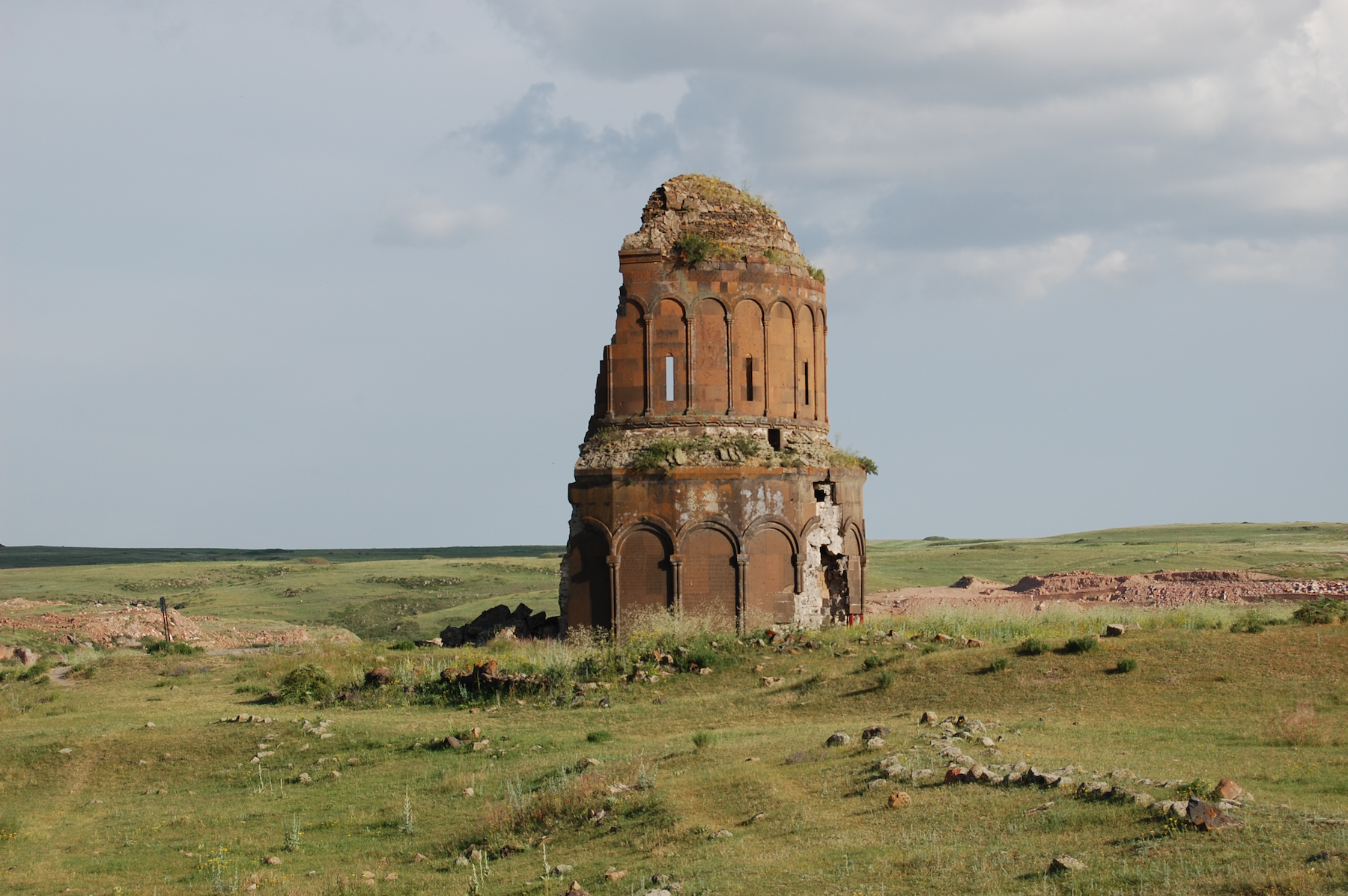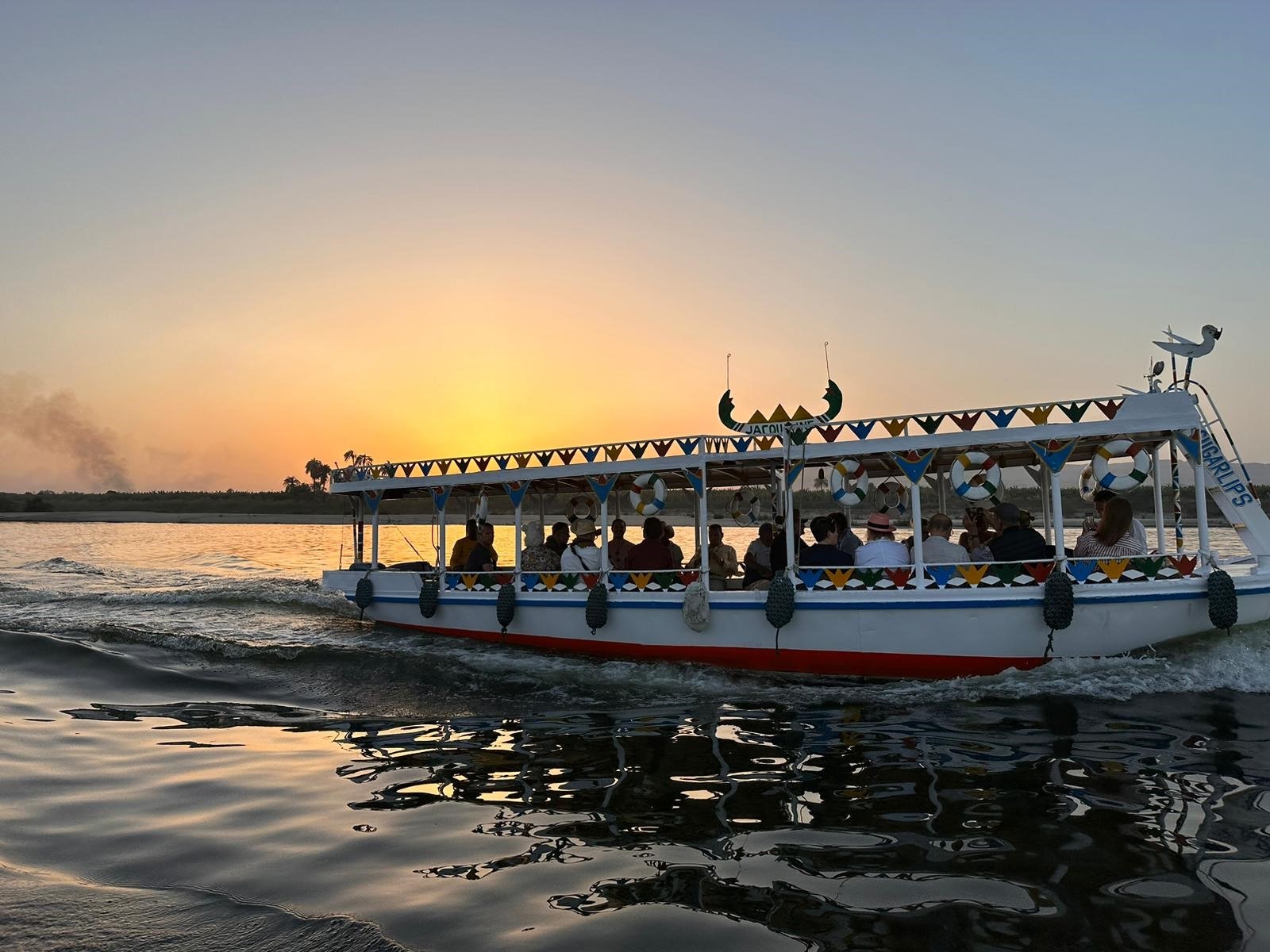Support Us
Support the conservation and preservation of our shared heritage around the globe.
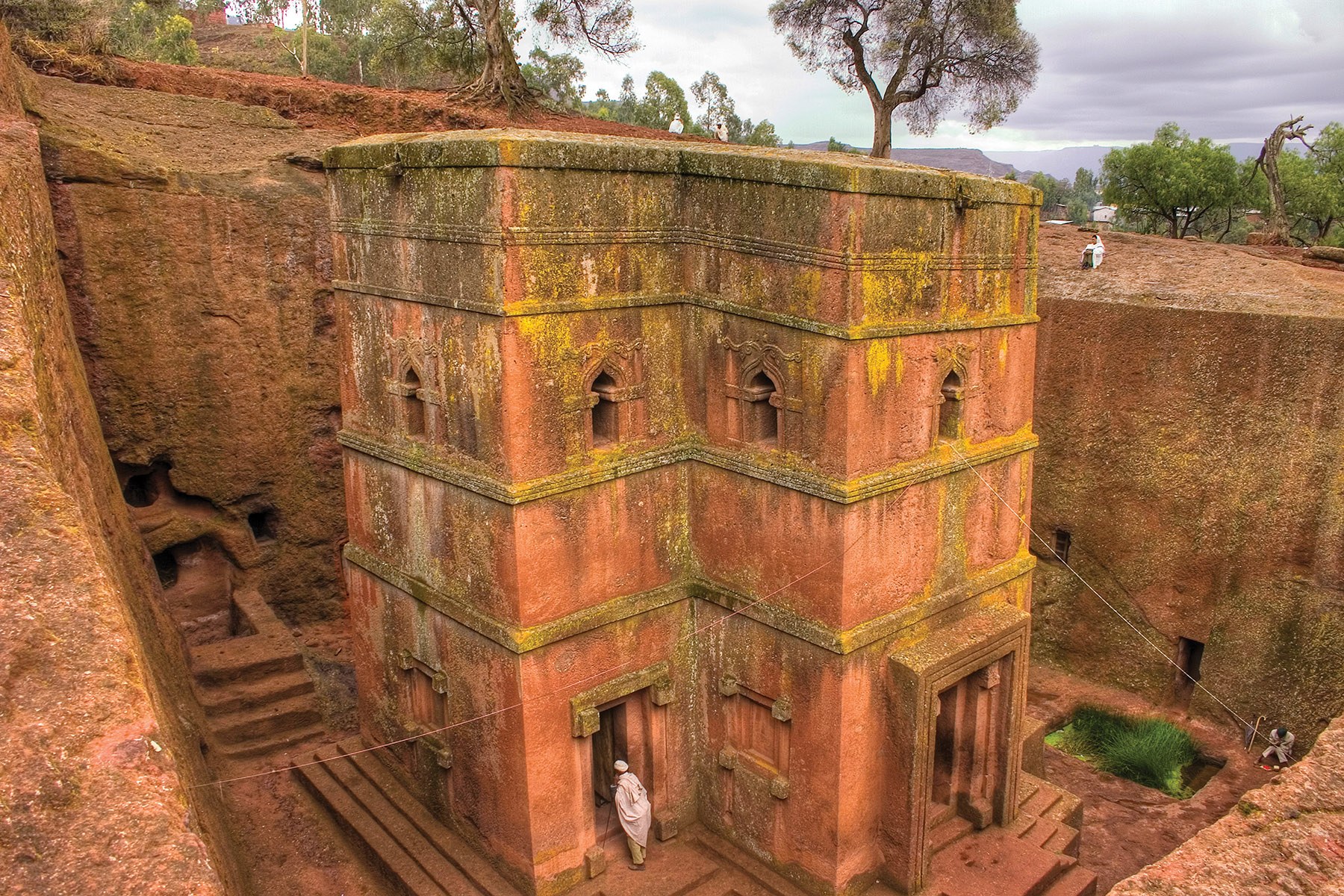

Membership
Make a lasting impact and join a community of supporters dedicated to safeguarding our irreplaceable sites of heritage. WMF Members enjoy behind-the-scenes updates through newsletters, exclusive virtual and in-person events, and more.
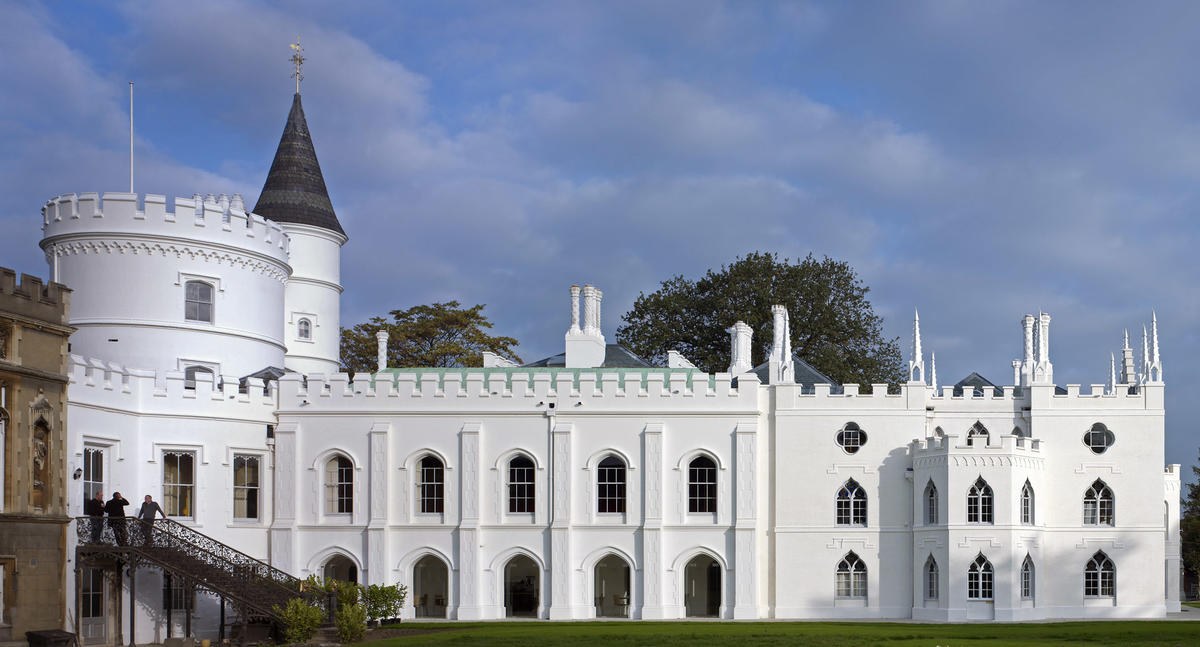

International Council
Receive unparalleled access to our conservators, sites, and programs and join us in preserving cultural heritage in all its forms.
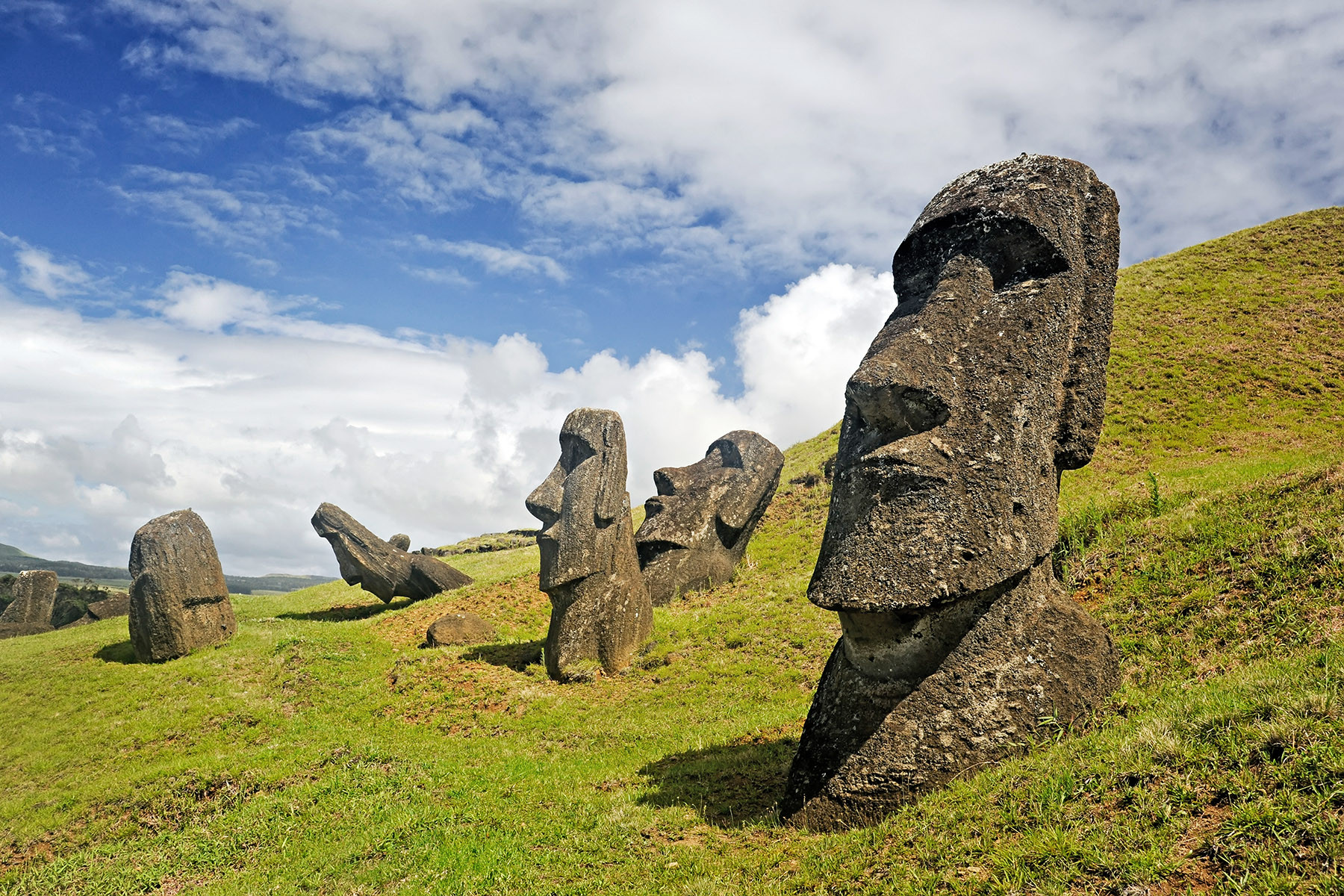

Planned Giving
Charitable bequests can create lasting support for your charitable priorities in the future.
Join our Legacy Society today!


Program Support
WMF’s special programmatic initiatives ensure that cultural sites around the world can be protected and that their local communities are supported. Learn more about these efforts and how to enable emergency stabilization, essential training, and long-term preservation strategies to safeguard global heritage.
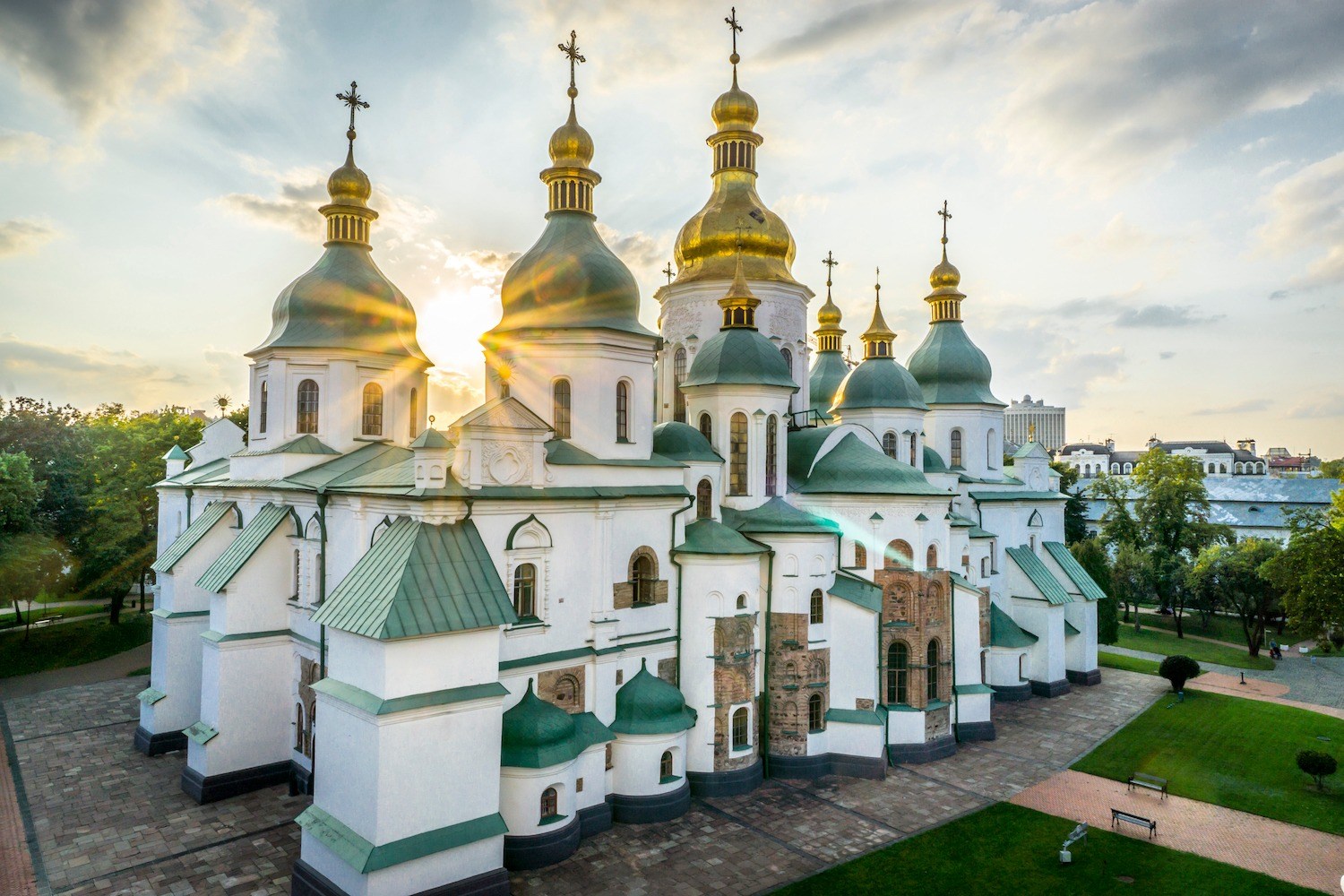

Special Events
Support our mission of cultural heritage preservation by taking part in one of our exclusive events.
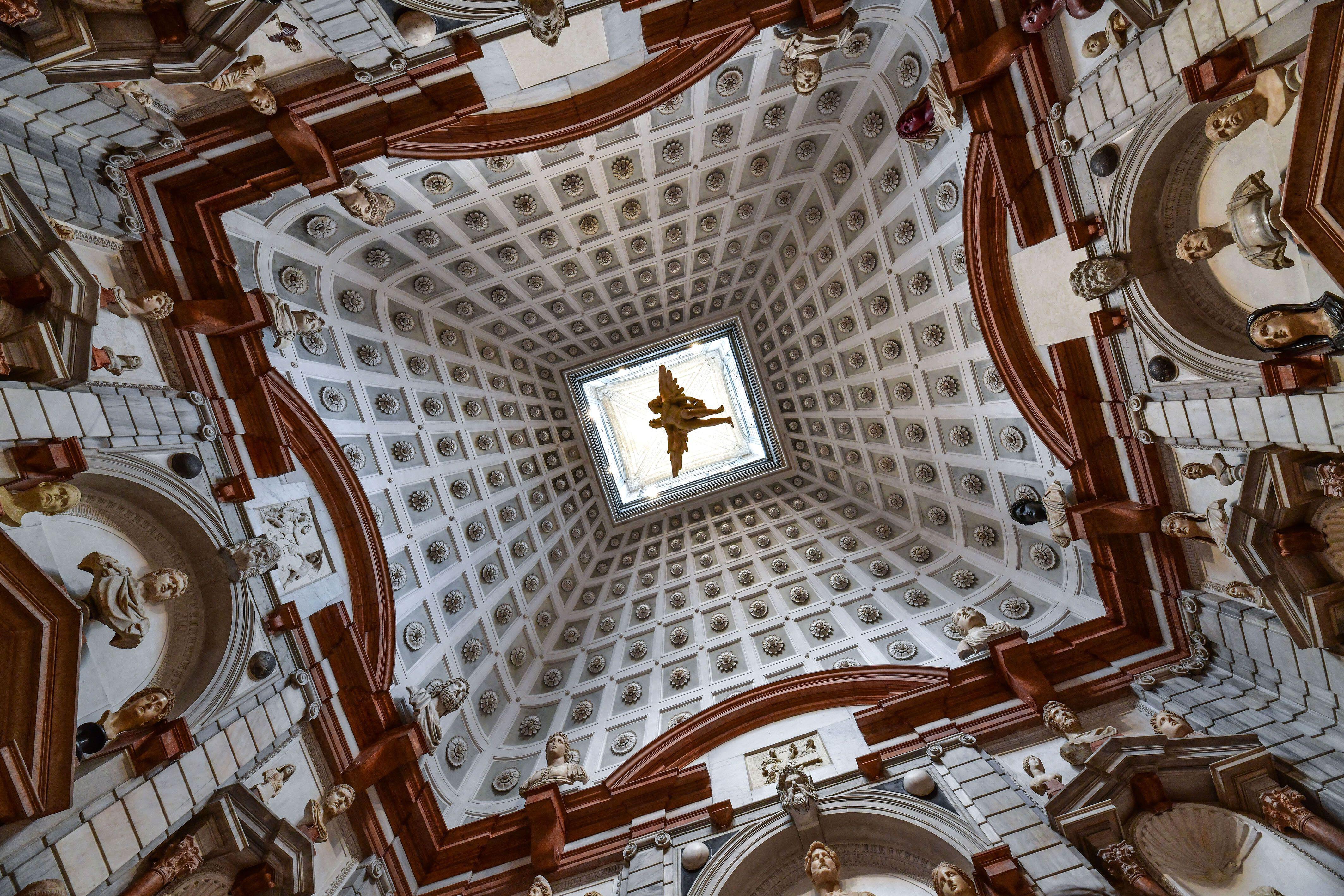

Corporate Sponsorship
Support WMF as a corporate partner to address global challenges while accessing customized opportunities that allow your company’s message and brand to reach audiences worldwide.
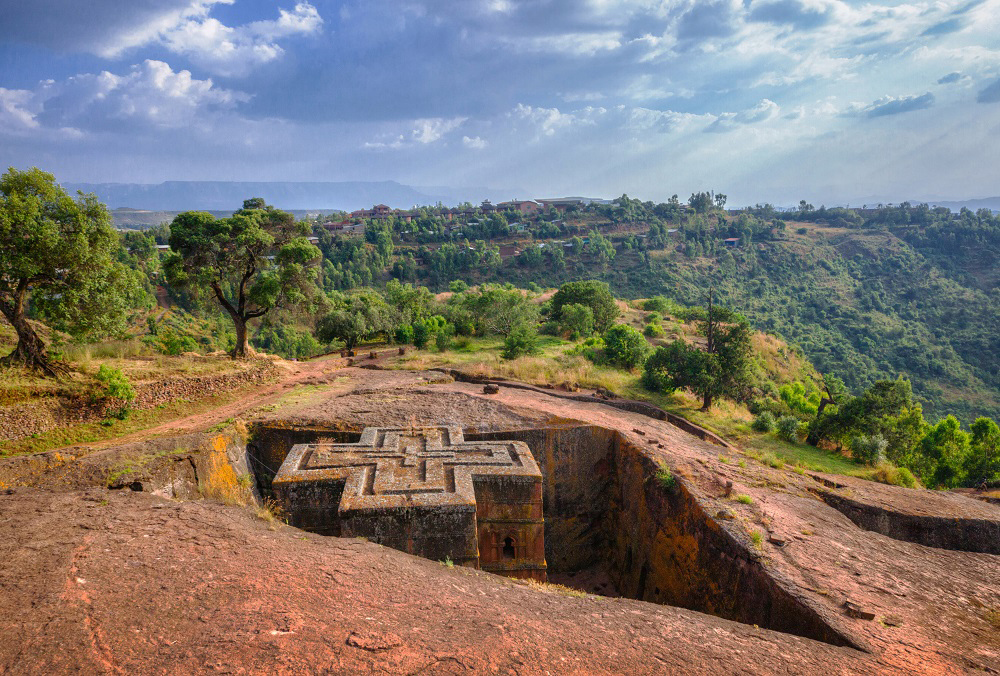

Foundation Support
Many foundations - both large and small, local and global - provide essential support for WMF’s operations, specific heritage projects, and large-scale, multi-year initiatives.
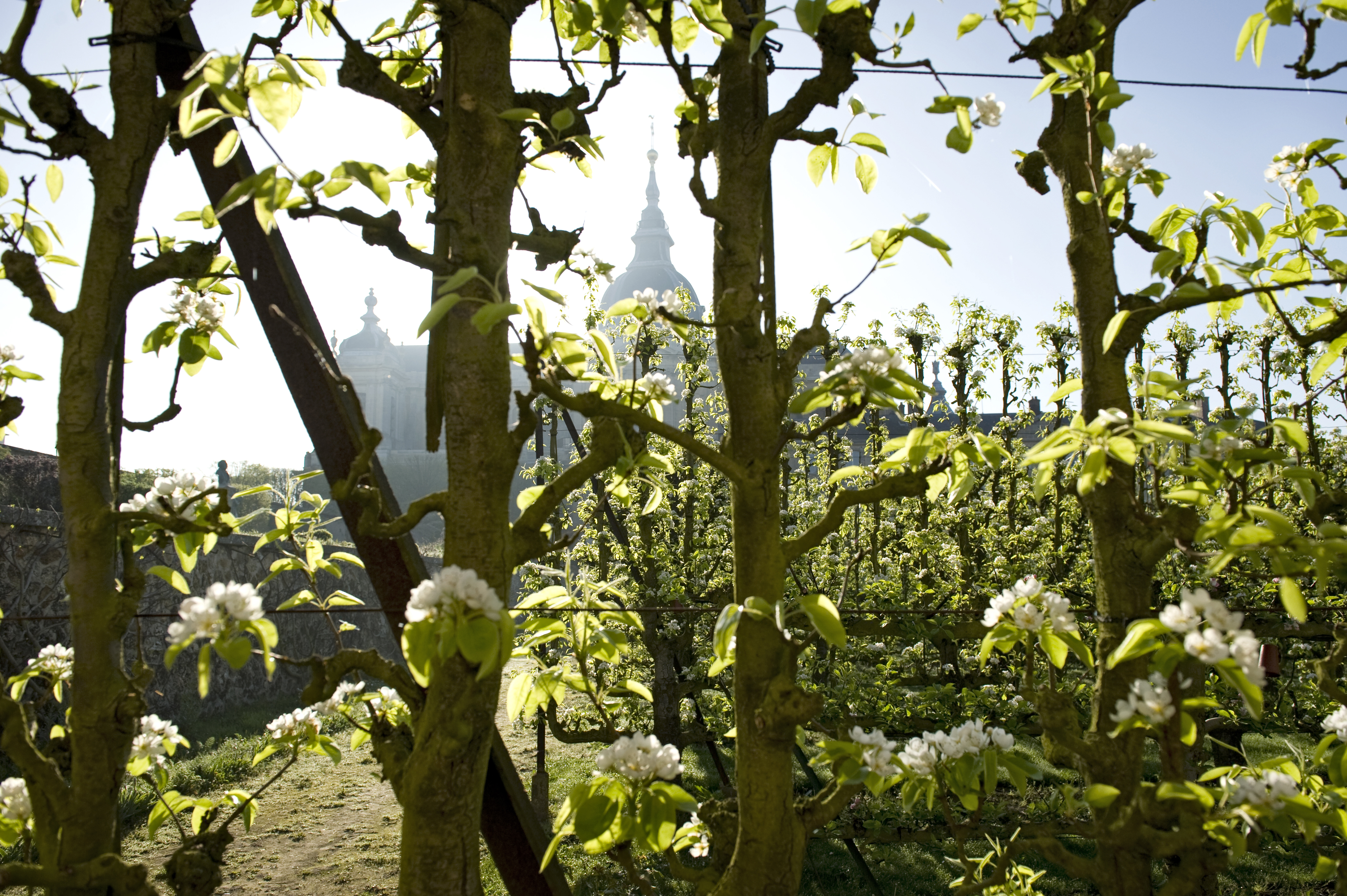

Government Partners
WMF highly values our long-standing relationships with national, regional, and local government agencies around the world, working together to create training, employment, and other opportunities for local communities.
